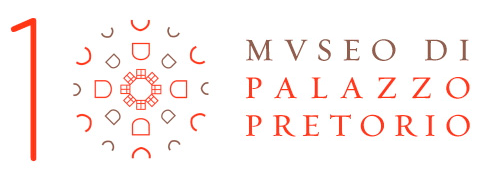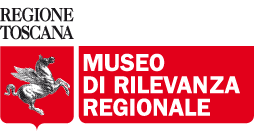
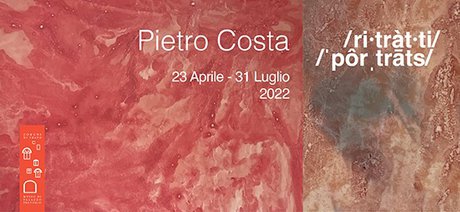
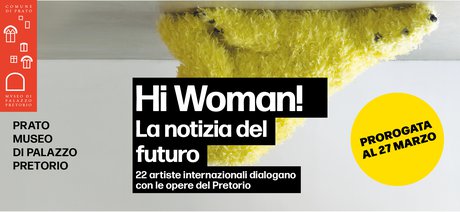

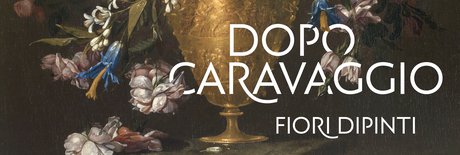
The exhibition will be visible only online from the 19th of December 2020 to the 31st of January 2021 on the websites of the Palazzo Pretorio Museum and the De Vito Foundation.
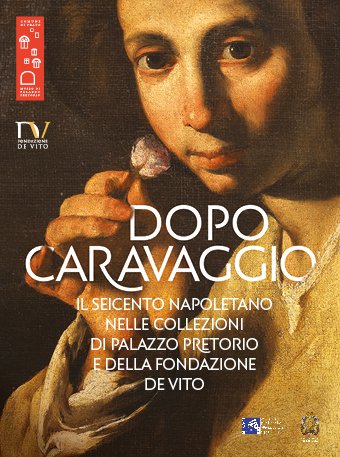
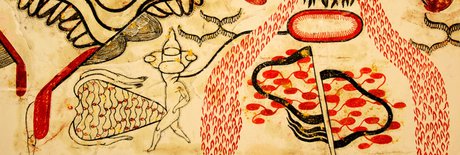
PalazzoPretorioMuseum is pleased to host the first solo exhibition in Prato by Simone Pellegrini. The exhibition is part of Pretorio Studio, the device that from 2016 opens to the interpretation of contemporary artists its own layered cultural heritage, over a period of over seven centuries.
Despite the intense exhibition activity of the Bolognese painter, the one at Palazzo Pretorio represents his first intervention in a museum of ancient and modern art. The results of this intimate and unusual rendez-vous will culminate in the production of a new big work, accompanied on show by the choir of some selected previous works made from 2012 to 2019, in formal and conceptual resonance
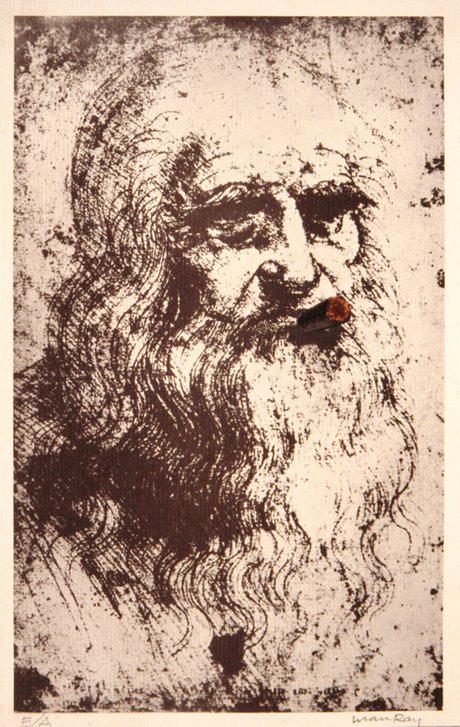
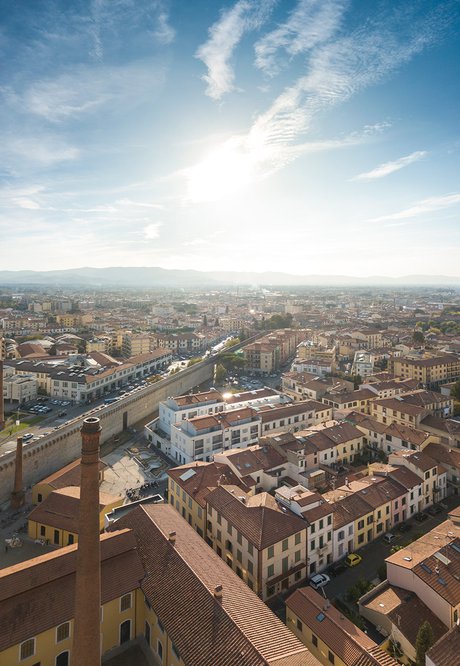

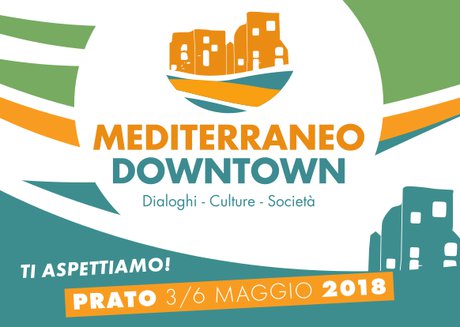
Two Downtown Mediterranean exhibitions to the Pretorio

Our Lady of the Assumption by Bernardo Daddi and the identity of a city
Palazzo Pretorio Museum, Prato
8th September 2017 | 14th January 2018

Pretorio Studio, valorize the museum through the collaboration with contemporary artists. On Saturday, the 20th of May, the inauguration of the temporary exhibition "Forms of Time: Paola Angelini"
The set-up is the final stage of a journey that began in December with the artist's residence and is the result of an intense research work on the works and identity of Palazzo Pretorio
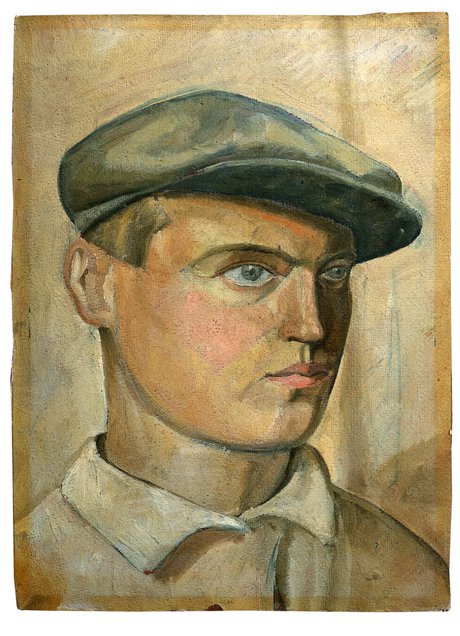
The rediscovered works of Pretorio Stories, from Saturday 21st January a new temporary exhibition that returns to the public view an important part of the collection which is not included in the museum.
Temporary exhibition on the ground floor.
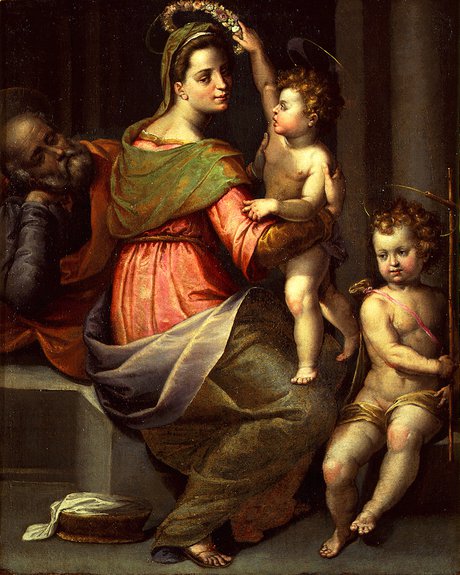
Precious works, usually not on display, return on show thanks to the temporary exhibition From the museum depots: Holy Families which opens on Saturday the 17th December at 4 p.m. in the halls on the ground floor of Palazzo Pretorio.
A group of ten paintings - a small collection of Holy Families and Madonnas with Child, of the sixteenth century, some of them on display in the Town Hall, others kept in storage - are an important segment of the rich collection of the museum which is currently not included in the path of Palazzo Pretorio. Seeing them all together allows you to admire the beauty of the compositions and to note the artistic vitality of Prato in a historical context in which, in the shadow of the great Florence, worked less known artists who, from the Medici capital, circulated in the suburbs reworking a language conditioned by the dominant artistic culture. The models are those of Raphael, and above all of Andrea del Sarto, considered the most copied artist in the art scene of the period. Reproducing works by other authors was a practice already in vogue in the Middle Ages, but in the sixteenth century it became a custom.
The paintings on display are 'copies', but they can be considered "interpretative", and are a large tribute to the masters - sometimes in a truly original way – which reinterpret models of works visible in Florence or known through preparatory drawings. The abundance of these specimens, mostly coming from the Hospital of Misericordia e Dolce, witnesses a peripheral culture, that is attentive to the contemporary feeling. Also two paintings exhibited on the second floor of the museum are on display: a Sacred Conversation attributed to the Master of the Madonna Parrish (1535-1545) and a Madonna and Child attributed to Francesco del Brina (1570), both coming from the Hospital of Misericordia.
From the museum depots: Holy Families
Opening Saturday the 17th of December (4 p.m.)
17th December 2016 – 8th January 2017
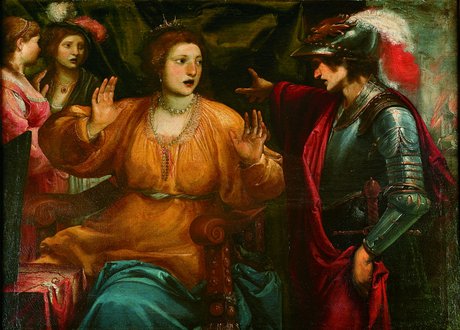
Original and unusual themes, works of the sixteenth, seventeenth and eighteenth centuries, not well known but quality works, very intriguing and with a predilection for portraits. This is the corpus of the exhibition “Paintings from the donation by Leonetto Tintori, restorer in the trenches during the years of the flood”
A temporary exhibition, realized with the paintings of Tintori donation, which takes the opportunity of the celebration of fifty years from the flood of Florence included in the Feast of Tuscany, not only to remember the Prato artist but also to release some of the works preserved in the depots of the museum. At the presentation of the exhibition will attend Giampiero Nigro; the exhibition is organized in collaboration with the Laboratory for fresco "Elena and Leonetto Tintori" and will be open until Sunday, the 8th of January 2017.
Formed from the second half of the 50s until 1980, the Tintori collection has been inspired by the art market and developed through meetings and business contacts, travels and personal friendships. The curiosity of the researcher and the knowledge of the art connoisseur did the rest, giving life to a unique collection that in the choices reflects the love for works of not obvious content and the constant and meticulous research on artistic technique. Leonetto Tintori, complete artist, was one of the leaders of Prato School together with Oscar Gallo, Quinto Martini, Gino Brogi and later Arrigo Del Rigo and Giulio Pierucci. He was also famous as restorer because he was a protagonist not only of the recovery of damaged works by the flood in Florence in 1966 but also of the main operations on the great medieval and Renaissance painting cycles.
Paintings from the donation by Leonetto Tintori, restorer in the trenches during the years of the flood is an exhibition of paintings that Tintori donated in 1993 to the City of Prato. Partly preserved in the Museum (Cecco Bravo, Queen Semiramis), in the town hall (Livio Mehus, Hagar and the Angel, Francesco Conti, Martyrdom of St. Lawrence, Domenico Fedeli named Maggiotto, Woman in front of the mirror) and in the depots, the works are now returning to be admired together.
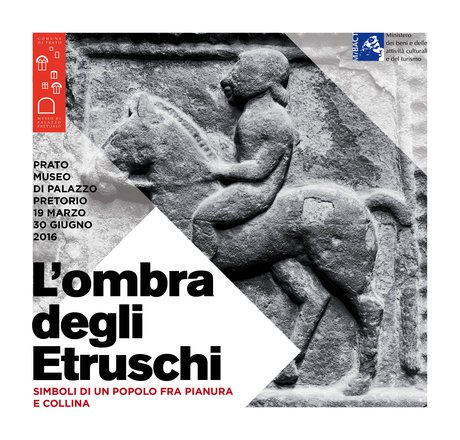
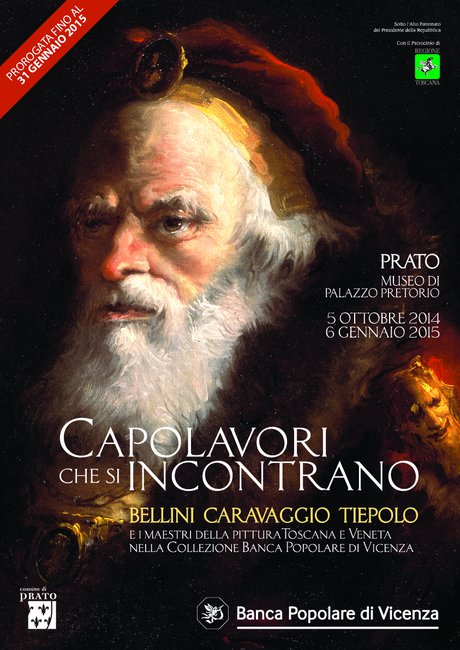
Bellini, Caravaggio, Tiepolo and the Tuscan and Venetian Masters from the Banca Popolare di Vicenza Collection.
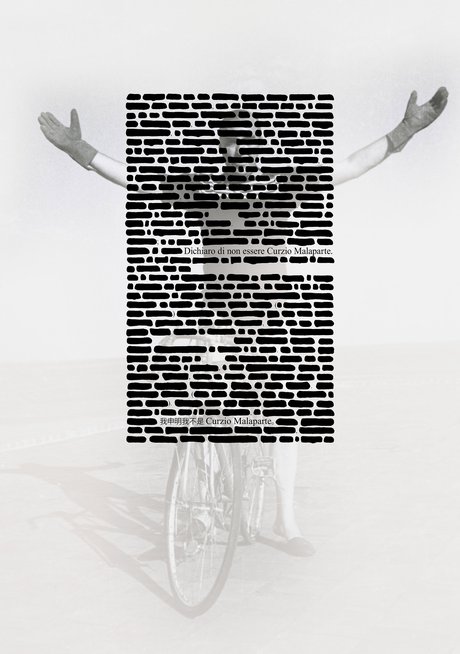
Emilio Isgrò’s exhibition sets out to pay homage from a Sicilian artist to Curzio Malaparte, the most Tuscan of all19th century writers. The exhibition takes place within the ambit of Contemporary Prato and was opened on the occasion of European Night at the Museum. The exhibition, carried out by the Pecci Centre, is curated by Stefano Pezzato.
